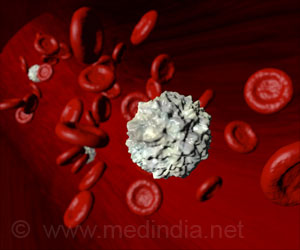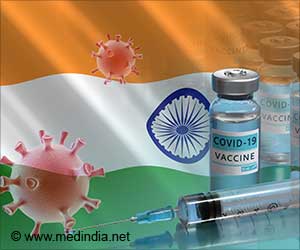
- India, China, and Japan lead in new cancer cases and deaths in Asia
- Tracheal, bronchus, and lung (TBL) cancer predominate, while cervical cancer is notable among women
- Smoking, alcohol, and air pollution contribute significantly; urgent public health measures are needed
The Lancet Regional Health Southeast Asia journal recently published a study examining the cancer landscape in Asia, focusing on India, China, and Japan. The research provides insights into the prevalence, types, and contributing factors of cancer, shedding light on the region’s challenges (1✔ ✔Trusted Source
Temporal patterns of cancer burden in Asia, 1990-2019: a systematic examination for the Global Burden of Disease 2019 study
).
Advertisement
India’s Cancer Statistics
- In 2019, India recorded 930,000 cancer-related deaths, marking it as the second-highest contributor to cancer mortality in Asia
- The country reported approximately 1.2 million new cancer cases, underlining a significant health concern
In the regional overview, India, China, and Japan stood out as the three leading countries in Asia concerning both new cancer cases and deaths. Together, these nations reported a staggering 9.4 million new cases and 5.6 million deaths in 2019. The leading cancer types identified were tracheal, bronchus, and lung (TBL) cancer, which accounted for a substantial 1.3 million cases and 1.2 million deaths. Notably, cervical cancer emerged prominently among women in various Asian countries, underscoring the diverse cancer landscape across the region.
The study emphasized the effectiveness of the HPV vaccine, introduced in 2006, in preventing and reducing cervical cancer cases and related deaths.
Advertisement
Risk Factors, Implications and Concerns
Smoking, alcohol consumption, and ambient particulate matter (PM) pollution were highlighted as dominant risk factors for cancer. The rise in cancer cases due to increasing air pollution, particularly in countries like India, Nepal, Qatar, Bangladesh, and Pakistan, raised concerns.
Smokeless Tobacco (SMT) and Oral Cancer
- The prevalence of smokeless tobacco (SMT) in South Asian countries, notably India, poses a significant public health concern.
- SMT accounted for over 50% of global deaths and 28.1% of new cases of lip and oral cavity cancer in 2019.
Environmental Factors
High levels of ambient particulate matter (PM2.5) in Asia, driven by factors like industrial growth, urbanization, and increased use of motor vehicles, were identified as contributors to the rising cancer burden.
Helicobacter pylori (H. pylori) and Stomach Cancer
Improved water and sanitation were suggested as measures to reduce the transmission of H. pylori, potentially lowering the risk of stomach cancer.
Advertisement
What can be Done to Combat Cancer Risks?
Public Health Measures
The study stressed the importance of addressing risk factors, such as smoking, alcohol consumption, and air pollution, through targeted public health initiatives.
HPV Vaccination Programs
Encouraging and expanding HPV vaccination programs can play a crucial role in preventing cervical cancer among women in Asia.
Tobacco Control Policies
Stricter control measures on smokeless tobacco (SMT) products, including khaini, gutkha, betel quid, and paan masala, are essential to curb their adverse impact on cancer rates.
Environmental Policies
Governments in Asia should consider implementing policies to mitigate ambient air pollution, focusing on sustainable urban development and reducing industrial emissions.
Enhancing Oncologic Infrastructure
Timely access to cancer screening and treatment and addressing affordability concerns are vital, particularly in Asia’s low- and medium-income countries (LMICs).
To conclude, the study provides a comprehensive overview of the cancer burden in Asia, highlighting the need for multi-faceted strategies to address risk factors, enhance preventive measures, and improve access to cancer care in the region. Policymakers, healthcare professionals, and public health advocates can leverage these findings to develop targeted interventions and policies for effective cancer control.
“Prioritizing prevention, addressing risk factors, and ensuring accessible healthcare can reshape the narrative of cancer across the continent.”
Reference:
- Temporal patterns of cancer burden in Asia, 1990–2019: a systematic examination for the Global Burden of Disease 2019 study – (https://www.sciencedirect.com/science/article/pii/S2772368223001932?via%3Dihub)
Source-Medindia



